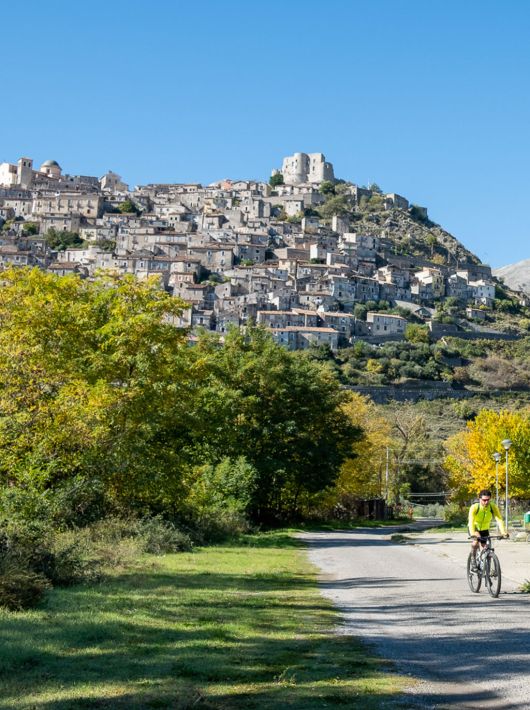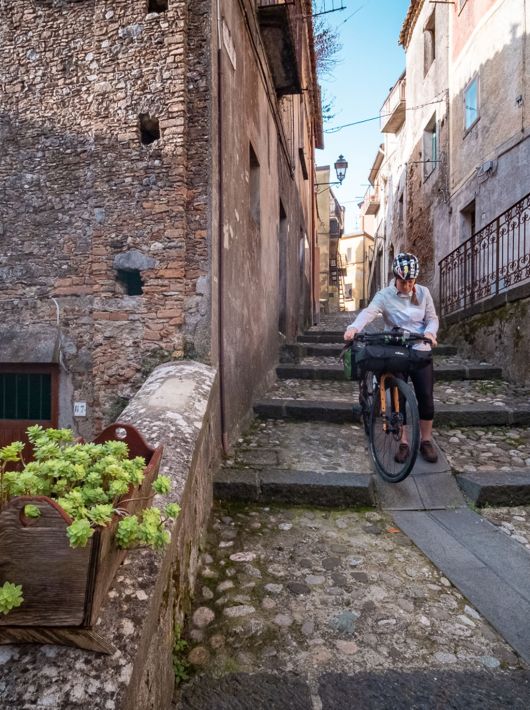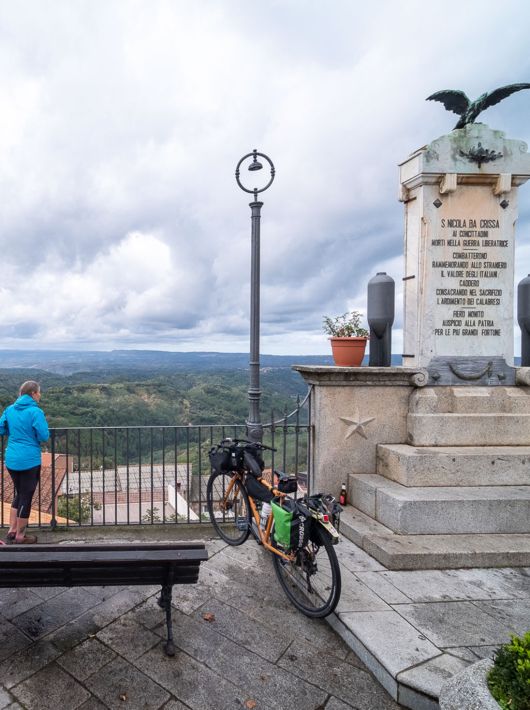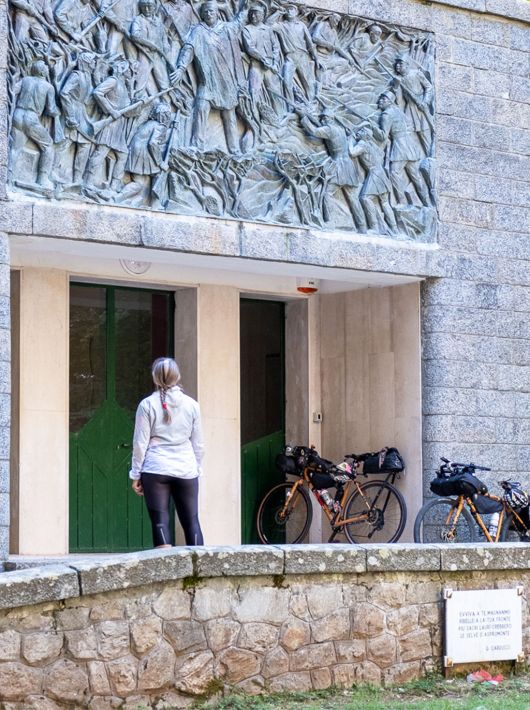HISTORY AND FAITH

Arbëreshe communities and rituals to celebrate the Virgin

Along the paths of Gioacchino da Fiore

Across woodlands, charterhouses and mines

Where the wind of history blows
hikes and trails
Thanks to a wide range of fascinating routes, Calabria is the ideal location for walking and trekking lovers. From north to south, from Rocca Imperiale to Reggio Calabria, the region is criss-crossed by the Basilian Way, a 73-stage route that winds its way along more than a thousand kilometres of paths in the footsteps of the Italo-Greek monks inspired by the life of St Basil. The route of San Francesco di Paola, which starts in San Marco Argentano and ends in Paola, on the Tyrrhenian Sea, gently undulates from the Sila park to the coast. Further inland, the route of Gioacchino da Fiore takes you from the Abbey of Corazzo to San Giovanni in Fiore. The so-called “route of the Englishman” (sentiero dell’inglese) winds up mount Aspromonte, in the footsteps of writer and designer Edward Lear. Moreover, between mount Aspromonte and the Serre you can take the path of the brigands (sentiero dei briganti), from Gambarie to Stilo. Finally, 31 stages of the Italian path (sentiero Italia), of the Italian alpine club, offer the opportunity to travel the entire Apennines ridge, from mount Reggio to Morano Calabro







